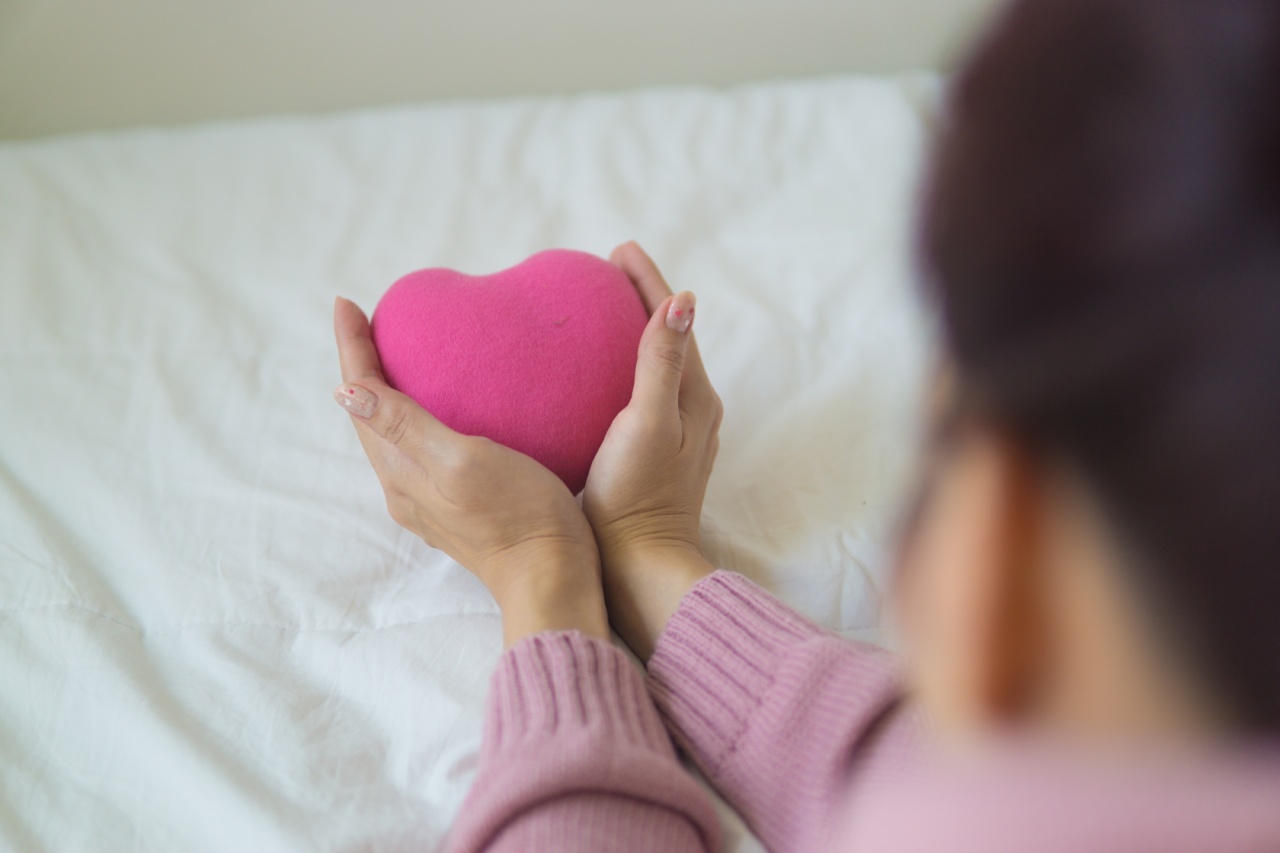High blood pressure, also known as hypertension, is a common health condition that affects millions of individuals worldwide. It occurs when the force of blood against the walls of your arteries is consistently too high.
If left untreated, high blood pressure can lead to various complications such as heart disease, stroke, and kidney problems. However, the good news is that regular exercise has been shown to be an effective way to reduce high blood pressure and manage this condition.
In this article, we will explore how regular exercise can help lower your blood pressure and improve your overall health.
Understanding High Blood Pressure
Before we delve into the benefits of exercise in reducing high blood pressure, it’s important to understand what exactly this condition is and how it can impact your health.
Blood pressure is measured in millimeters of mercury (mmHg) and is typically represented by two numbers: systolic pressure over diastolic pressure. Systolic pressure refers to the force exerted on the arterial walls when the heart beats, while diastolic pressure represents the force when the heart is at rest between beats.
Normal blood pressure levels are often considered to be around 120/80 mmHg. However, these values can vary depending on factors such as age, sex, and overall health.
High blood pressure is diagnosed when systolic pressure consistently exceeds 130 mmHg or when diastolic pressure exceeds 80 mmHg.
High blood pressure can be caused by various factors, including genetic predisposition, obesity, poor diet, lack of physical activity, and chronic stress.
Certain lifestyle changes, such as adopting a healthy diet and engaging in regular exercise, can have a profound impact on managing this condition.
The Role of Exercise in Reducing High Blood Pressure
Regular exercise is one of the most effective ways to reduce high blood pressure. When you engage in physical activity, your heart becomes stronger and more efficient at pumping blood, resulting in lower blood pressure levels.
Additionally, exercise helps to reduce the stiffening of arteries and promotes the dilation of blood vessels, allowing blood to flow more freely and reducing overall pressure.
Types of Exercise that Lower Blood Pressure
Various types of exercise have been shown to be beneficial in lowering high blood pressure. Here are a few examples:.
Aerobic Exercise
Aerobic exercises, also known as cardiovascular exercises, are activities that increase your heart rate and make you breathe harder. These exercises can include brisk walking, jogging, cycling, swimming, dancing, and aerobics classes.
Regular aerobic exercise has been proven to lower blood pressure and improve overall cardiovascular health.
Strength Training
In addition to aerobic exercise, strength training can also have a positive impact on blood pressure.
By engaging in exercises that target major muscle groups, such as lifting weights or using resistance bands, you can lower your blood pressure over time. Strength training helps to improve overall muscle tone and promotes the flexibility of blood vessels.
Yoga
Although it may not be as intense as aerobic or strength training, yoga can still be an effective form of exercise for reducing high blood pressure.
Yoga combines gentle movements, stretching, and deep breathing techniques that can promote relaxation, reduce stress, and lower blood pressure.
Duration and Frequency of Exercise
When it comes to exercise and lowering blood pressure, consistency is key. Aim for at least 150 minutes of moderate-intensity aerobic exercise or 75 minutes of vigorous-intensity aerobic exercise each week.
Additionally, try to incorporate strength training activities at least twice a week. Breaking the exercise into smaller sessions throughout the day can also be beneficial if you find it challenging to set aside larger chunks of time. Remember, every little bit of exercise counts!.
Additional Benefits of Exercise
Regular exercise not only helps to reduce high blood pressure but also offers numerous other health benefits. Here are a few key advantages:.
Weight Management
Engaging in physical activity can help you maintain a healthy weight or lose excess pounds.
Being overweight or obese is often associated with an increased risk of high blood pressure, so exercise can be an effective strategy for managing weight and reducing blood pressure levels.
Mood Enhancement
Exercise has been shown to boost mood and reduce symptoms of anxiety and depression. Regular physical activity stimulates the release of endorphins, which are known as the “feel-good” hormones.
By incorporating exercise into your routine, you can improve your mental well-being and reduce stress levels, which in turn can positively influence your blood pressure.
Improved Sleep Quality
A good night’s sleep is essential for overall health and well-being. Regular exercise can help regulate your sleep patterns and improve sleep quality. Getting enough quality sleep is crucial for maintaining healthy blood pressure levels.
Stress Reduction
Exercise is a powerful stress reducer. Physical activity helps to decrease the production of stress hormones such as cortisol, while also promoting the release of endorphins.
By incorporating exercise into your routine, you can lower stress levels, which can positively impact your blood pressure.
Consulting with Your Healthcare Provider
While exercise is generally beneficial for managing high blood pressure, it is important to consult with your healthcare provider before starting any new exercise program, especially if you have pre-existing medical conditions or are taking medications. Your healthcare provider can offer guidance specific to your individual needs and help you develop a safe and effective exercise plan.
Conclusion
Regular exercise is a powerful tool for managing high blood pressure. By engaging in aerobic exercise, strength training, or yoga, you can lower your blood pressure levels and improve your overall health.
Remember to start slowly, be consistent, and listen to your body. Incorporating exercise into your routine can not only reduce high blood pressure but also offer a wide range of additional benefits. Take the first step towards a healthier lifestyle by incorporating regular exercise into your daily routine.































